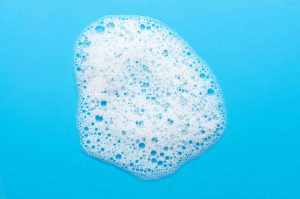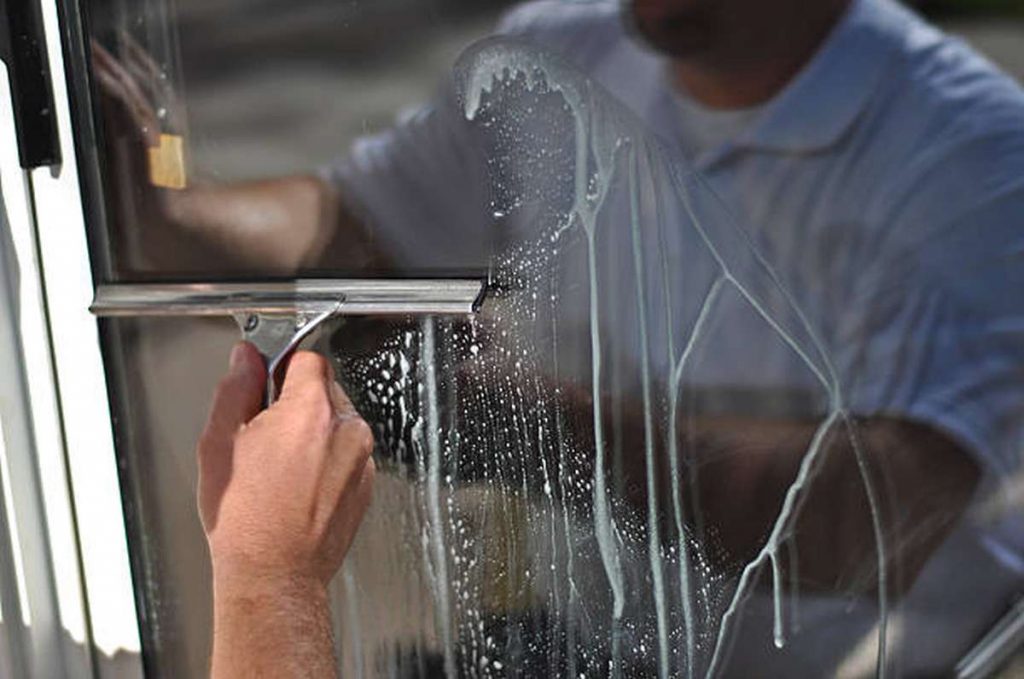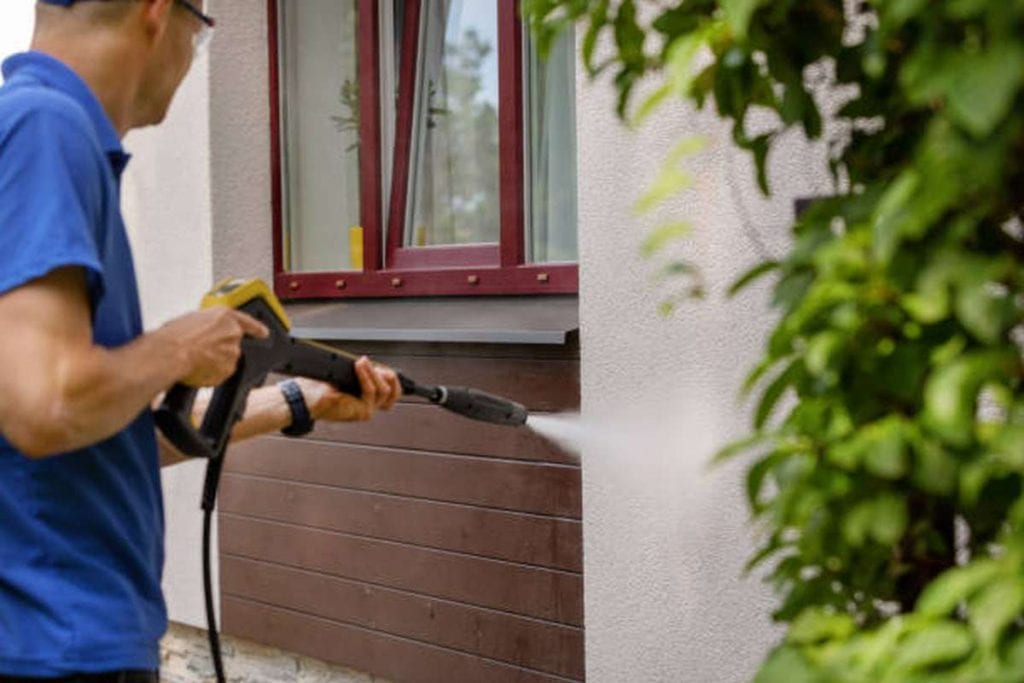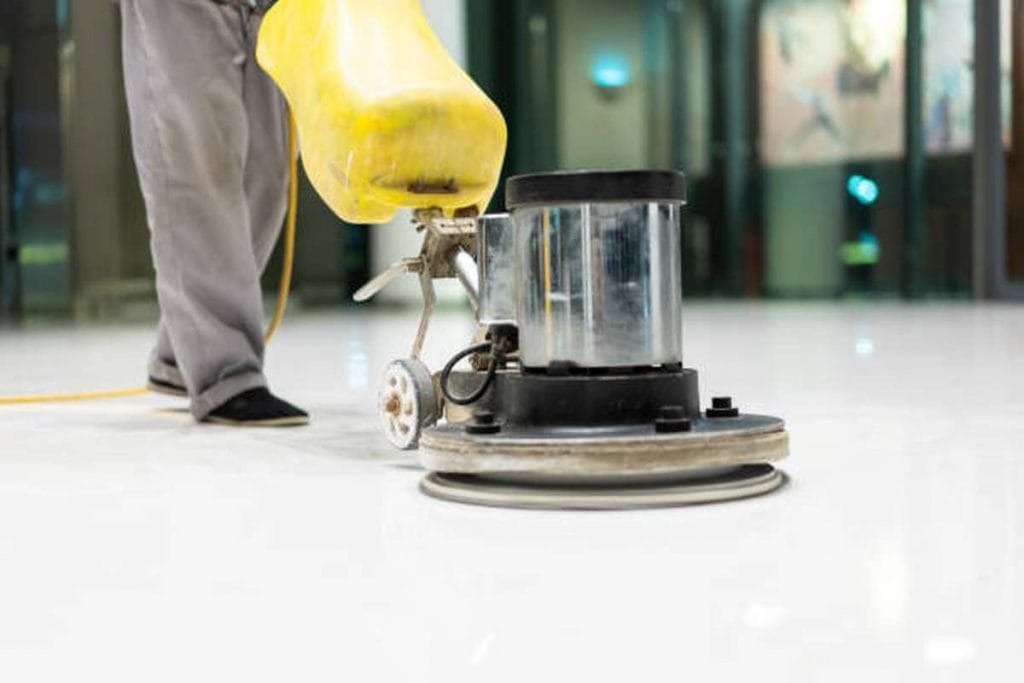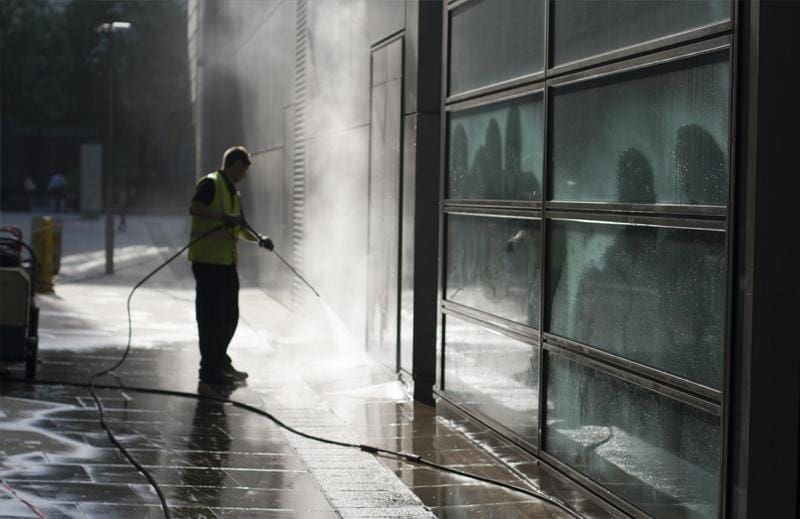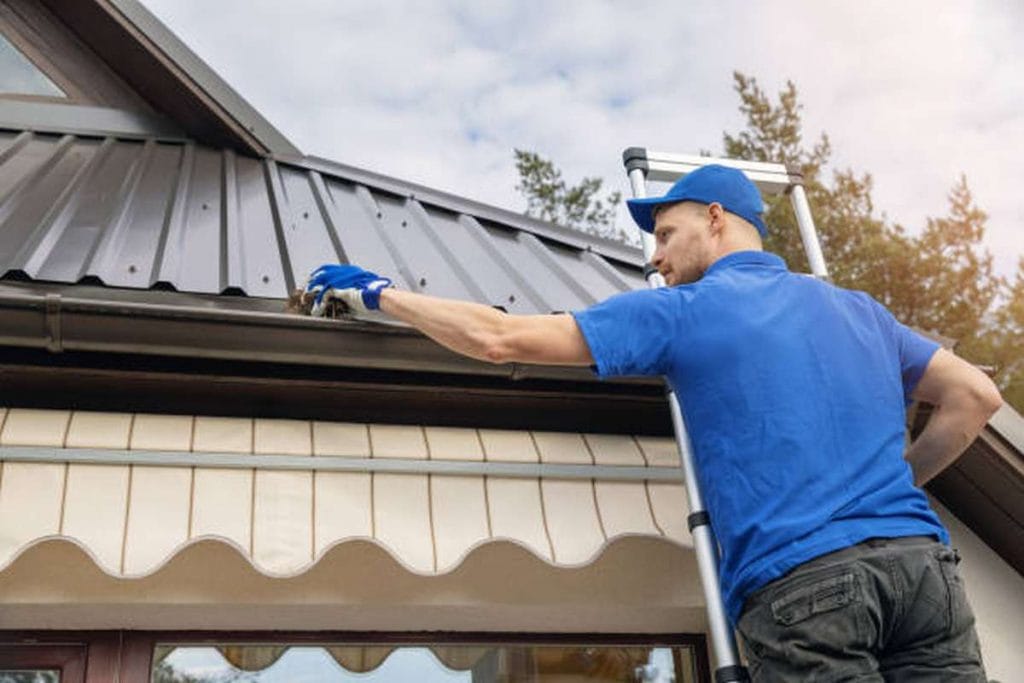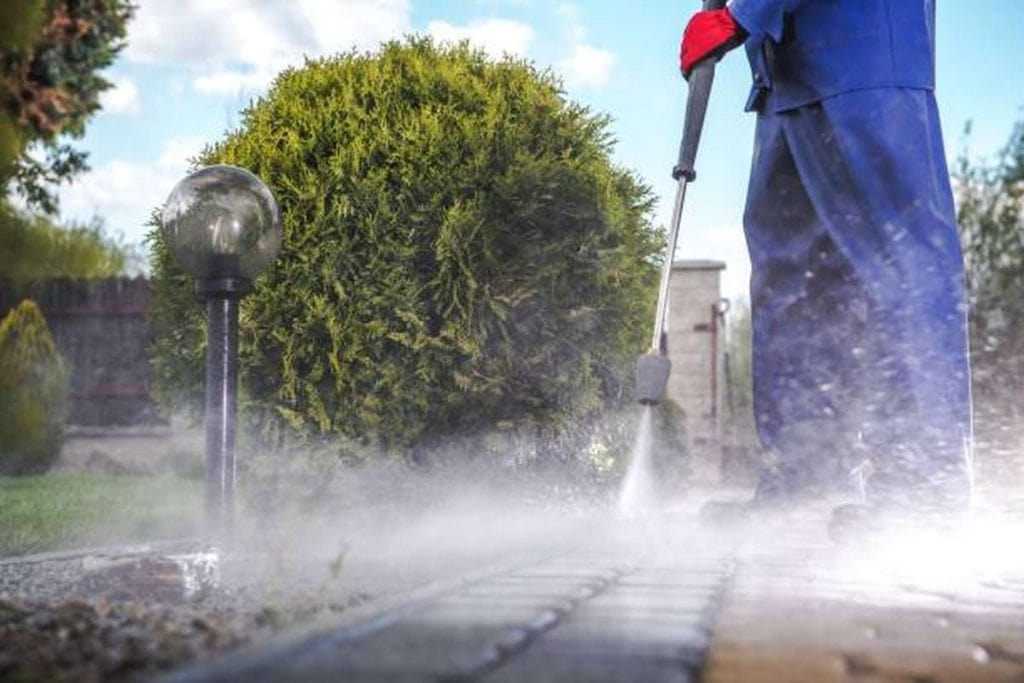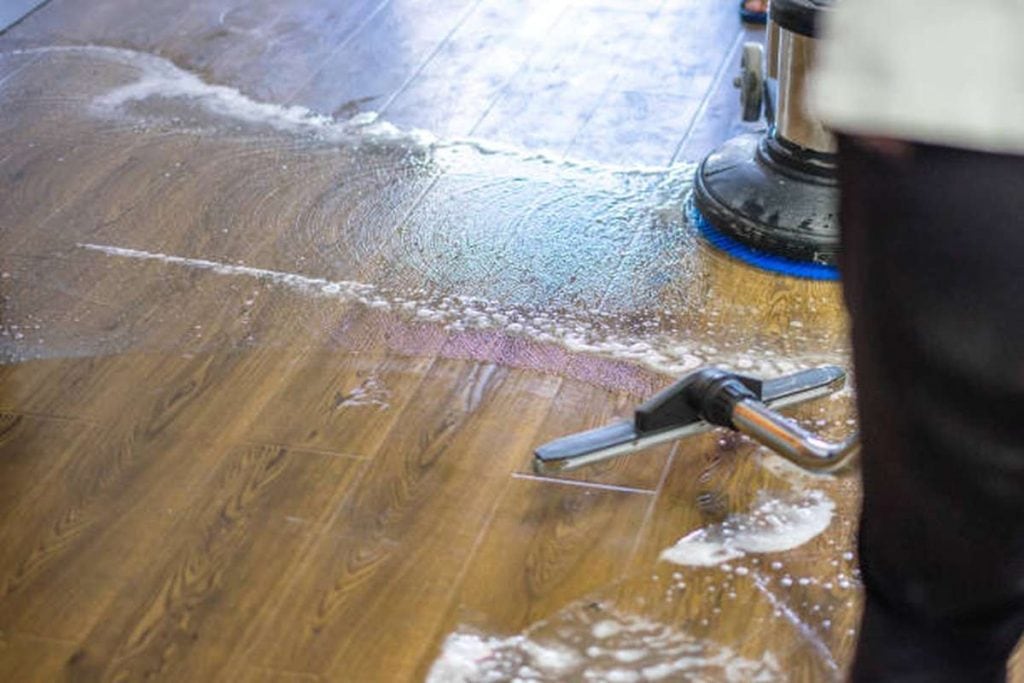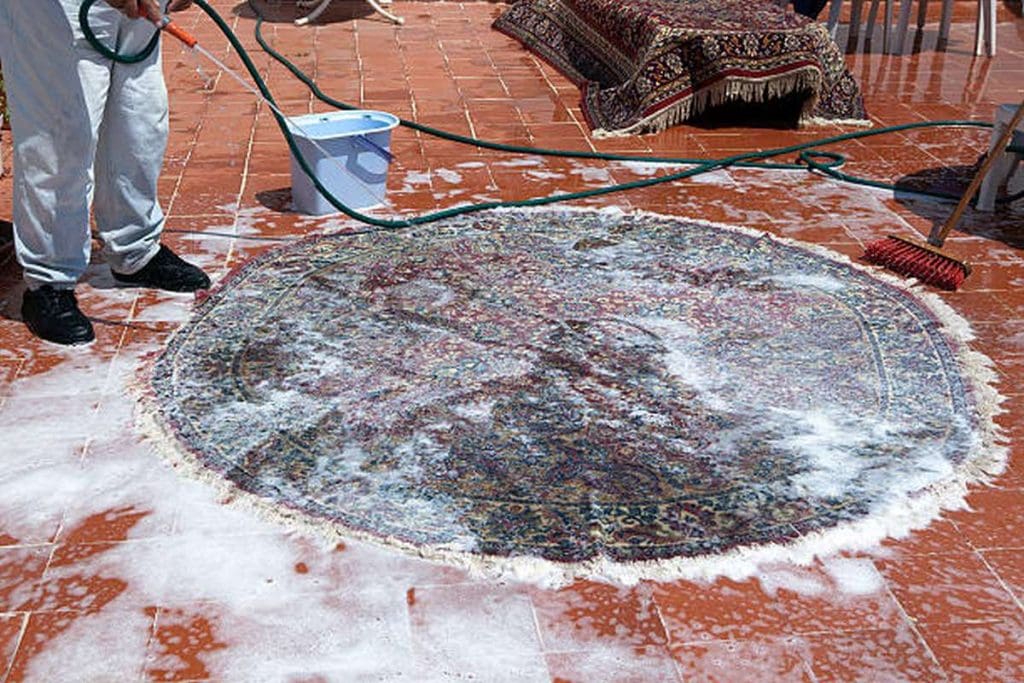High-rise windows present a unique challenge when it comes to cleaning. Not only do they require special tools and techniques to reach, but they also demand higher safety precautions. The pristine appearance of these towering glass façades is crucial for both the aesthetics and maintenance of the building. This blog will delve into the best practices for cleaning high-rise windows, ensuring clarity of view and the longevity of the windows, all while upholding the utmost safety standards.
Safety First: Essential Precautions for High-Rise Window Cleaning
High-rise window cleaning is an occupation that combines skill, precision, and a head for heights. With the significant risks involved, safety is the paramount concern. Whether the task is being performed by an in-house team or contracted out to specialists, essential safety precautions must be followed, ensuring that the work is carried out without accidents or injuries. Here's a look at the critical safety measures that are non-negotiable in high-rise window cleaning.
- Rigorous Training: Professionals cleaning windows on high-rise buildings should undergo comprehensive training. This includes understanding the proper use of cleaning tools safety equipment, and working at height.
- Certified Equipment: All equipment used, from harnesses and lanyards to scaffolds and bosun chairs, must be industry-certified and regularly inspected for signs of wear and tear to ensure they can support the necessary weight and withstand the rigours of the job.
- Regular Safety Drills: Regular drills that simulate emergencies are vital. These help ensure window cleaners are prepared for any scenario and know how to react swiftly and effectively.
- Adherence to Regulations: Window cleaning teams must comply with all local regulations and standards, such as those set out by OSHA (Occupational Safety and Health Administration) or equivalent bodies designed to protect workers from job-related injuries and illnesses.
- Weather Monitoring: High-rise window cleaning should not be performed in adverse weather conditions. Teams must be vigilant and cease operations if faced with high winds, electrical storms, or other dangerous weather.
- Buddy System: A buddy system ensures that cleaners are never working alone. This allows for constant communication and immediate assistance if an emergency arises.
- Rescue Plans: A clear and practised rescue plan should be in place in case of equipment failure or if a cleaner becomes incapacitated while on the side of a building.
- Safe Work Practices: Safe work practices, such as proper anchoring and body positioning, must be followed to reduce the risk of falls or accidents.
- Insurance: Appropriate insurance coverage is crucial as a safeguard and an indication of a cleaning company's professionalism and adherence to safety protocols.
By prioritising these safety measures, high-rise window cleaning can be carried out effectively and without incident. It is the responsibility of both the employer and the employee to ensure that safety is never compromised in pursuit of clean windows. A safety commitment reflects the cleaning service's integrity and dedication to protecting its most valuable asset—its workforce.
Choosing the Right Equipment: Tools for Effective High-Rise Cleaning
Selecting the appropriate equipment is critical in ensuring the safety and effectiveness of high-rise cleaning operations. The right tools facilitate more thorough cleaning and safeguard the individuals performing the work several stories above ground. Here's an overview of the essential equipment for effective and safe high-rise window cleaning.
Safety Harnesses and Anchors
- Harnesses: High-quality, full-body safety harnesses are necessary to support and prevent falls. They should be fitted correctly and comfortable enough for extended wear.
- Anchors: Secure anchor points are crucial. These can be permanent fixtures on the building or temporary devices attached to stable structures.
Suspended Platforms and Scaffolding
- Bosun's Chairs: A bosun's chair offers a single-person platform for high-rise window cleaning. It allows for a greater range of movement and is less intrusive than larger scaffolding systems.
- Scaffolding: When larger building sections need cleaning, scaffolding can provide a stable platform for cleaners to work from.
Descent Control Devices
- Controlled Descent Apparatus: These devices allow the cleaners to lower themselves down the side of the building and are essential for controlled and safe vertical movement.
- Rope Descend Systems: Rope-based systems require specialised training but offer an efficient way to access high places and can be quicker to set up than scaffolding.
Cleaning Tools
- Water-Fed Poles: These extendable poles can be used from the rooftop or ground level, allowing cleaners to remain safely harnessed while reaching distant windows.
- Squeegees and Scrapers: A variety of squeegees and scrapers should be on hand to tackle different window sizes and levels of dirt.
- Cleaning Solutions: High-grade, streak-free cleaning solutions are necessary for a clear, spotless finish. Biodegradable and eco-friendly options are also available.
Personal Protective Equipment (PPE)
- Helmets: Helmets are essential for protecting against head injuries, especially where there is a risk of falling objects.
- Gloves and Non-slip Footwear: These provide better grip and stability, which is crucial for safety when working at height.
Communication Devices
- Two-way Radios: These ensure that teams can communicate effectively over the city's noise and when out of sight lines.
Emergency Equipment
- First Aid Kits: Easy-to-access kits are necessary for treating minor injuries immediately.
- Rescue Systems: Equipment for quick and efficient rescues should be readily available and well-maintained.
Choosing the right equipment for high-rise cleaning tasks is more than just a matter of efficiency. Still, life and safety. Investing in high-quality, reliable tools is an investment in the well-being of the cleaning staff and the integrity of the operation itself.
Innovative Techniques: The Latest in High-Rise Window Cleaning Technology
The high-rise window cleaning industry has seen significant technological advancements in recent years, revolutionising how skyscrapers and tall buildings are maintained. These innovative techniques improve efficiency and effectiveness and ensure greater safety for the cleaning staff. Here's a glimpse into the latest technologies and methods shaping the future of high-rise window cleaning.
Automated Window Cleaning Systems
- Robotic Cleaners: Cutting-edge robots equipped with sensors, sprayers, and squeegees can navigate window exteriors, performing cleaning tasks while operators safely manage them inside the building.
- Drone Technology: Drones equipped with cleaning apparatus are being tested for their ability to reach heights and challenging areas for human cleaners.
Water-Fed Pole Systems
- Advanced Poles: New models of water-fed poles are lighter and can reach greater heights, allowing ground-based operators to clean windows up to several stories high with precision.
- Purified Water Technology: Using deionised and purified water leaves windows spot-free without chemical cleaners, making the process more eco-friendly.
Training and Simulation
- Virtual Reality (VR) Training: VR simulations train window cleaners, allowing them to experience high-risk scenarios in a controlled environment.
Glass Treatments and Coatings
- Self-Cleaning Glass: Hydrophilic and hydrophobic coatings on high-rise building windows reduce the frequency and intensity of cleanings required.
- Nanotechnology: Nanotechnology in glass treatments has led to innovations where the glass can break down organic materials on its surface using sunlight, making it easier to clean.
These innovative techniques and technologies transform high-rise window cleaning, pushing the boundaries of what's possible in the industry. As buildings soar higher into the skies, the tools and methods used to maintain them continue to evolve, prioritising safety, sustainability, and excellence in maintenance.
Eco-Friendly Solutions: Sustainable Practices for Cleaning Windows at Heights
The push towards sustainability has touched all aspects of building maintenance, including the specialised task of cleaning windows at great heights. Eco-friendly solutions are now at the forefront of high-rise window cleaning, with industry practices adapting to meet environmental standards without sacrificing effectiveness. Here's how sustainable practices are incorporated into cleaning windows on towering structures.
Water Conservation Techniques
- Water-Fed Poles: These systems use purified water, reducing the need for chemical detergents. Additionally, they minimise water waste through controlled usage.
- Microfiber Technology: Microfiber cloths and mops can effectively clean windows with less water and without additional chemicals.
Biodegradable Cleaning Agents
- Plant-Based Products: There's a growing use of cleaning solutions made from plant-based materials that are biodegradable and non-toxic, ensuring that runoff water doesn't harm the environment.
- Eco-Certified Substances: Cleaners that carry eco-certifications meet stringent environmental standards for degradation and toxicity.
Waste Reduction Strategies
- Reusable Tools: High-rise cleaning services are transitioning to tools and materials that can be reused or recycled, thus reducing waste.
- Concentrated Solutions: Concentrated cleaning solutions require less packaging and transportation costs and reduce plastic waste.
Chemical Use Minimisation
- Pure Water Cleaning: By using deionised water, the need for chemicals is eliminated, as the pure water absorbs dirt, dust, and other pollutants, leaving windows clean and streak-free.
Energy-Efficient Practices
- Solar-Powered Equipment: Some innovative cleaning systems harness solar power to reduce the carbon footprint associated with high-rise window cleaning operations.
Green Training and Protocols
- Eco-Friendly Training: Cleaning crews are trained in green cleaning protocols to enhance their knowledge and efficiency in sustainable practices.
- Sustainable Work Practices: Companies are implementing strict guidelines for cleaners to follow sustainable practices, such as properly disposing of cleaning materials and conserving resources.
Maintenance Strategies: Keeping High-Rise Windows Clean Year-Round
Maintaining the gleaming appearance of high-rise windows year-round is a task that requires strategic planning and consistent effort. Given the challenges posed by weather, pollution, and the sheer height of modern buildings, a thoughtful approach to maintenance is crucial. Here's how to develop strategies that keep high-rise windows sparkling clean through all seasons.
Regular Cleaning Schedules
Establish a routine cleaning schedule that accounts for the different demands of each season. For example, windows may require more frequent cleaning in the spring due to pollen or in the winter due to the grime from rain and snow.
Seasonal Assessments
At the change of each season, conduct thorough inspections to assess the condition of the windows and the building's façade. This helps identify any areas that need special attention and ensures that maintenance is proactive rather than reactive.
Adapting to Weather Conditions
Adjust cleaning methods and schedules based on weather patterns. Use weather forecasts to plan cleanings for the most suitable days and avoid harsh conditions that could put cleaners at risk or hamper the effectiveness of the cleaning.
Utilising the Right Tools
Equip cleaning crews with effective and appropriate tools for all weather conditions, such as squeegees that can remove heavy rainwater or extendable poles for reaching windows during snowy or icy conditions.
Protective Window Treatments
Consider applying hydrophobic treatments that repel water and reduce the buildup of dirt and grime. These treatments can significantly extend the intervals between cleanings.
Safety Precautions
Ensure that safety measures are heightened during adverse weather conditions. Only undertake cleaning when it is safe, and always have emergency protocols.
Skilled Professionals
Employ skilled professionals who understand the nuances of cleaning at great heights and can handle the challenges of different seasons.
Long-Term Preservation
Implement a long-term maintenance plan that includes regular inspections, window treatments, and repairs as needed. This helps preserve the glass and the window frames, ultimately extending the lifespan of the windows.
By integrating these strategies into the maintenance routine, high-rise windows can remain in peak condition all year round. Consistent care and attention to the unique challenges of each season ensure that high-rise buildings always present a clean and well-maintained façade to the world.
Compliance: Understanding the Laws for High Window Cleaning
Navigating the complex landscape of regulatory compliance is crucial for high window cleaning operations. These laws are not just bureaucratic red tape but essential safeguards protecting workers and the public. Understanding and adhering to these regulations is not optional—it's a fundamental aspect of any legitimate high-rise window cleaning business.
Occupational safety health administrations in many countries set stringent guidelines dictating how window cleaning should be carried out at heights. These regulations often include the use of approved safety equipment, regular inspections of harnesses and platforms, and specific training for all personnel involved in the cleaning process. Compliance with these laws ensures that window cleaners are not exposed to undue risk and that all operations are performed safely and responsibly.
Additionally, environmental regulations may govern the types of cleaning agents used, especially in urban areas where runoff could impact the local ecosystem. Using eco-friendly and approved cleaning solutions helps to protect the environment while still achieving the desired level of cleanliness.
Failure to comply with these regulations can result in hefty fines legal action, and, most importantly, can put lives at risk. It is incumbent upon cleaning services to stay informed about the latest laws and standards, ensuring that their practices are effective and fully compliant with all legal requirements.
Regulatory compliance in high-rise window cleaning is a critical component underpinning the operation. It marks professionalism and a commitment to safety and environmental stewardship.
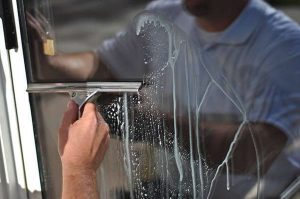
The Cost Factor: Budgeting for Professional High-Rise Window Cleaning Services
Budgeting for professional high-rise window cleaning services is a significant consideration for property managers and building owners. Given the unique challenges and risks associated with cleaning the exterior of tall buildings, understanding the cost implications is key to ensuring that the work is carried out effectively and safely. Here's a closer look at the factors that impact the budgeting process for these specialised services.
Safety and Insurance Costs
Professional high-rise cleaning requires comprehensive insurance to cover potential risks. This insurance not only protects the workers but also the building owners in case of accidents. The cost of ensuring a fully insured service must be factored into the overall budget.
Specialised Equipment and Access
The equipment needed for high-rise window cleaning, such as scaffolding, ropes, and platforms, is specialised and costly. The method of access, whether it be rope access, suspended scaffolding, or aerial lifts, can significantly affect the cost due to equipment rental, setup time, and the complexity of the task.
Frequency of Cleaning
The frequency with which windows need cleaning will impact the annual budget. Building location, local climate, and tenant expectations can all influence how often professional services are required.
Scale and Complexity of the Building
The height of the building, the number of windows, and architectural features such as ledges or recesses all contribute to the overall cost. Complex designs require more time and specialised cleaning techniques, which can increase expenses.
Labour and Time
The cost of labour is a major component. High-rise window cleaning is a skilled job with inherent risks, often commanding a premium wage. When budgeting, the time taken to complete the job safely and thoroughly must also be considered.
Regulatory Compliance
Compliance with local labour and safety regulations may involve additional procedures or equipment, which can add to the cost. Ensuring that cleaning services meet these regulations is essential and should be included in the budget planning.
Quality and Experience
Balancing cost with quality is important. More experienced and reputable companies may charge more, but the quality of their work can prevent issues that might lead to more frequent cleanings or damage repairs down the line.
Budgeting for professional high-rise window cleaning services requires a comprehensive look at the various cost factors. It's a blend of direct costs, such as labour and equipment, and indirect costs, like insurance and compliance. A well-planned budget ensures that your building maintains its aesthetic appeal and structural integrity, ultimately protecting your investment.
FAQs
Can I clean high-rise windows myself, or should I hire professionals?
Due to the significant risks and specialised equipment needed, hiring professional cleaners who are trained and equipped to clean high-rise windows safely is strongly recommended.
What equipment do professional high-rise window cleaners use?
Professionals typically use scaffolding, aerial work platforms, rope descent systems, tools like squeegees, high-grade cleaning solutions, and water-fed poles.
How often should high-rise windows be cleaned?
The frequency can vary depending on the location and function of the building, but generally, it is recommended to clean high-rise windows at least two to four times a year.
What is the safest method for cleaning high-rise windows?
Rope descent systems or controlled descent apparatuses are commonly used for their safety and efficiency, but the method may vary based on the building's architecture and local regulations.
Is there an eco-friendly way to clean high-rise windows?
Many companies use eco-friendly cleaning solutions and water-fed poles that purify the water, eliminating the need for detergents.
How do weather conditions affect high-rise window cleaning?
Adverse weather conditions like high winds, rain, or extreme temperatures can make high-rise window cleaning unsafe. Professional cleaners will choose optimal conditions for cleaning.
Conclusion
Cleaning the windows of a high-rise building is a task to be taken seriously. It involves specialised techniques, tools, and safety measures to ensure the job is done correctly and safely. By understanding the importance of professional expertise, the frequency of cleaning, the tools required, and the challenges involved, building owners and managers can ensure that their windows are maintained to the highest standard. Whether for the view, the building's upkeep, or the cleaners' safety, the best way to clean high-rise windows is to leave it to the professionals.
FAQs About Pressure Washing
How Often Should I Clean High Rise Windows?
Cleaning high rise windows depends on various factors, including location and weather conditions. However, as a general rule of thumb, it is recommended to clean high rise windows at least twice a year. Some locations with heavy pollution or near the coast may require more frequent cleaning, possibly quarterly, to maintain a clear view.
Can I Clean High Rise Windows Myself, or Should I Hire a Professional?
Cleaning high rise windows can be a challenging and dangerous task. While some individuals may attempt it themselves, it is highly recommended to hire a professional window cleaning service with the necessary experience and safety equipment. Professionals have the skills and tools to ensure a thorough and safe cleaning process.
Can I Use Homemade Cleaning Solutions for High Rise Windows?
Yes, you can create your homemade window cleaning solution. A simple recipe involves mixing equal parts of white vinegar and distilled water. This homemade solution is effective in cutting through grease and dirt on windows. However, be cautious when using homemade solutions on tinted windows, as they may damage the tint over time. Always spot-test in an inconspicuous area before using.
Can I Clean High Rise Windows on Windy Days?
Cleaning high rise windows on windy days is not advisable. Wind can make the task extremely dangerous, as it can affect your balance and the stability of your equipment. It's best to wait for calmer weather conditions to ensure your safety while working at heights.
Are There Eco-Friendly Options for High Rise Window Cleaning?
Yes, there are eco-friendly alternatives for high rise window cleaning. You can opt for environmentally friendly cleaning solutions and use microfiber cloths, which require less water and detergent. Additionally, some professional window cleaning services offer eco-friendly options, using biodegradable cleaning agents.


